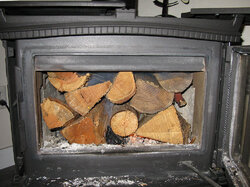I have a new PE Alderlea T6 LE and will be trying for long burns soon. Those of you who have them:
- How full do you pack them?
- How close to the baffle plate?
- How important is it to carefully choose splits that leave air gaps between them?
- North-South or East-West?


